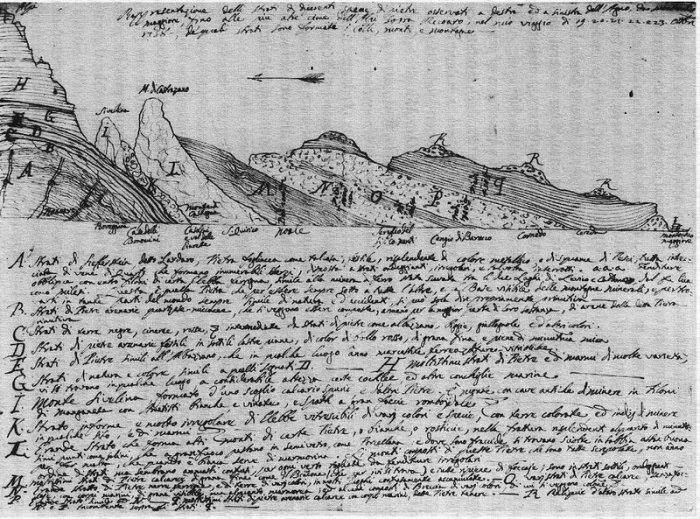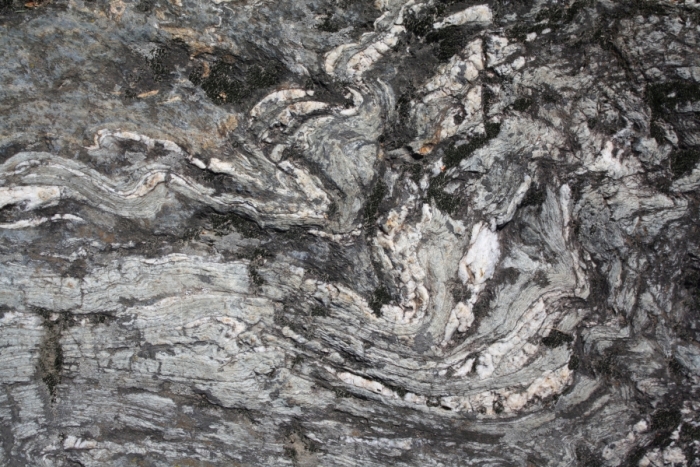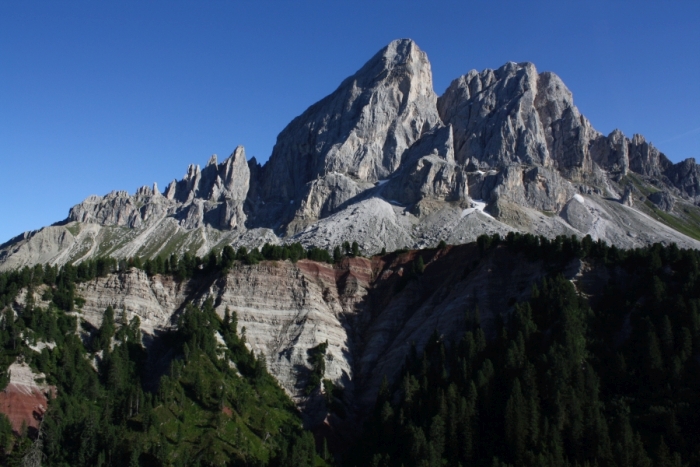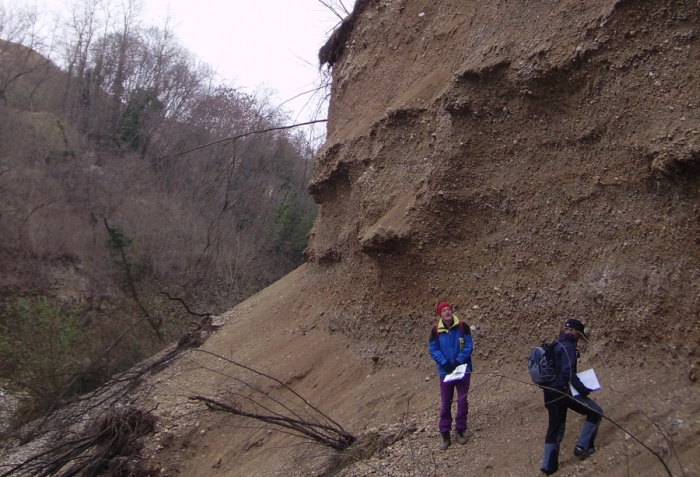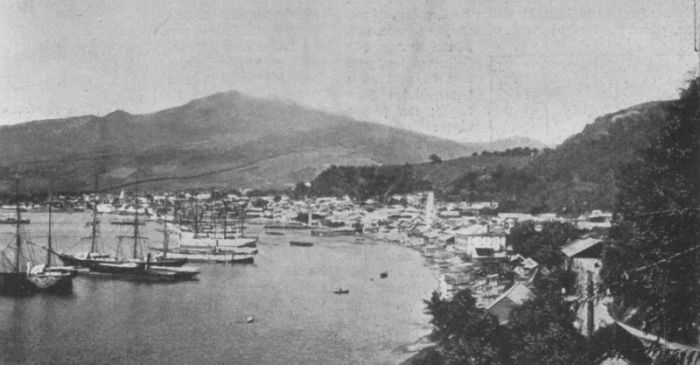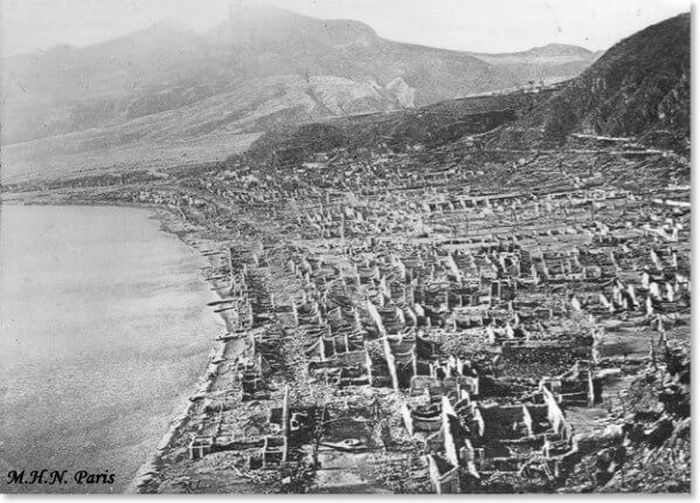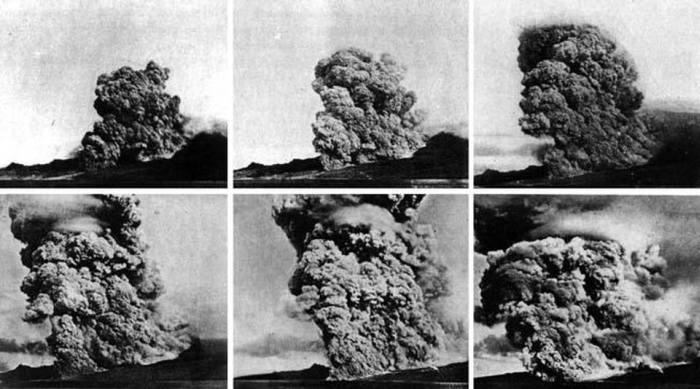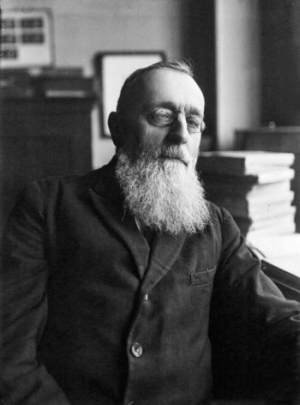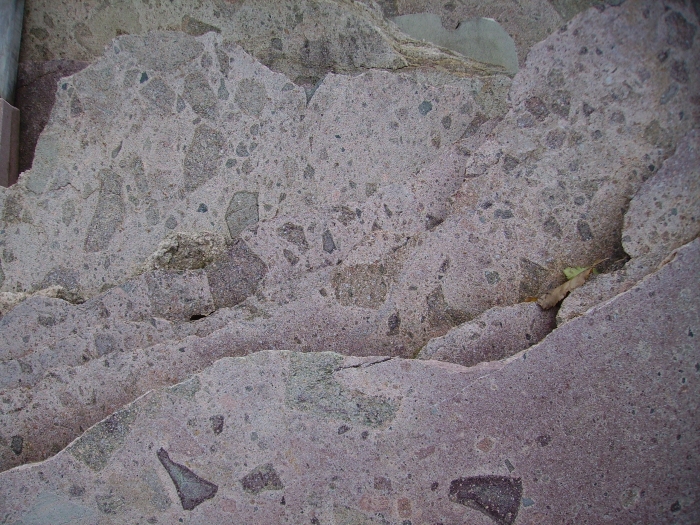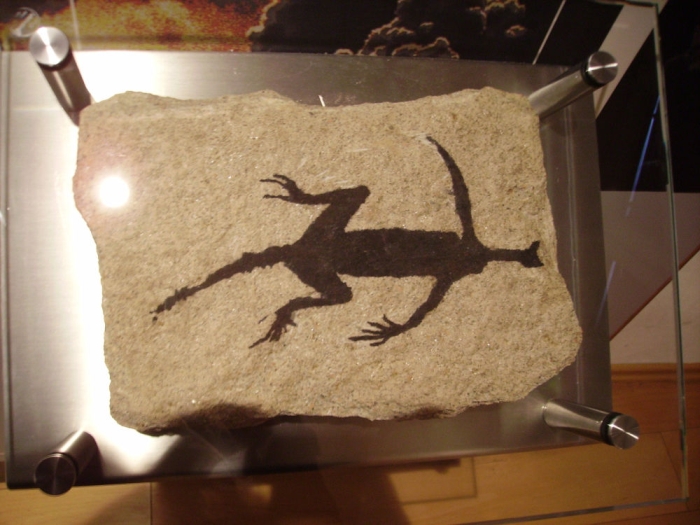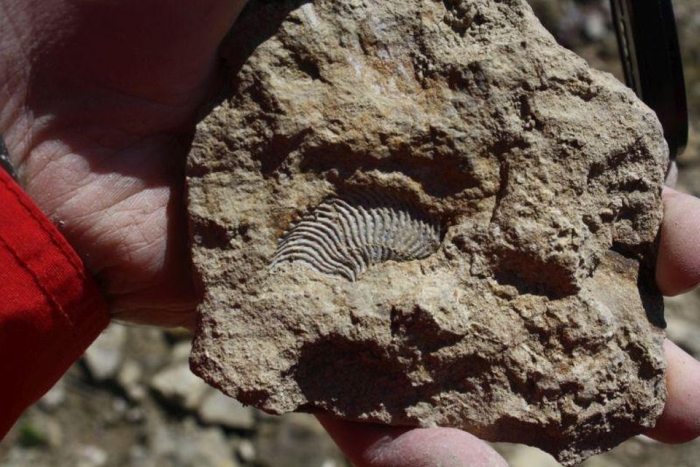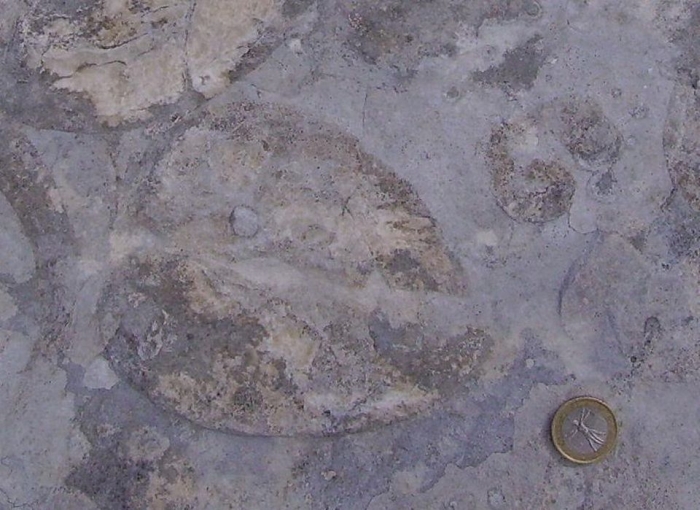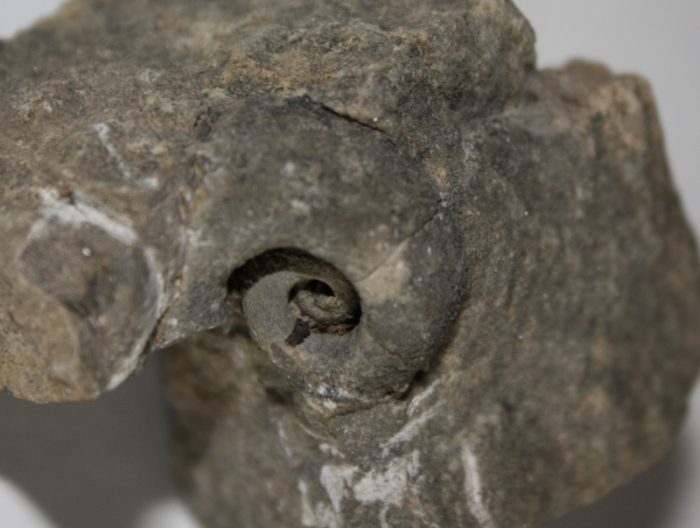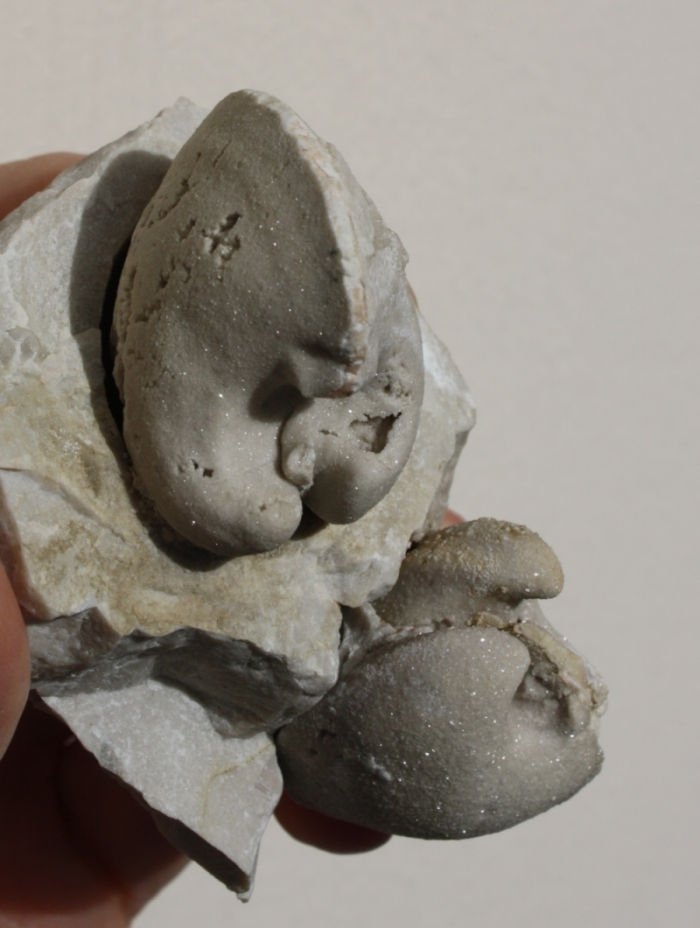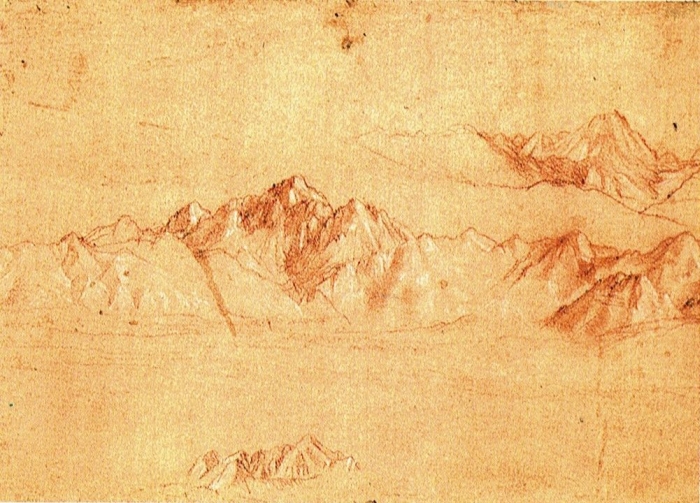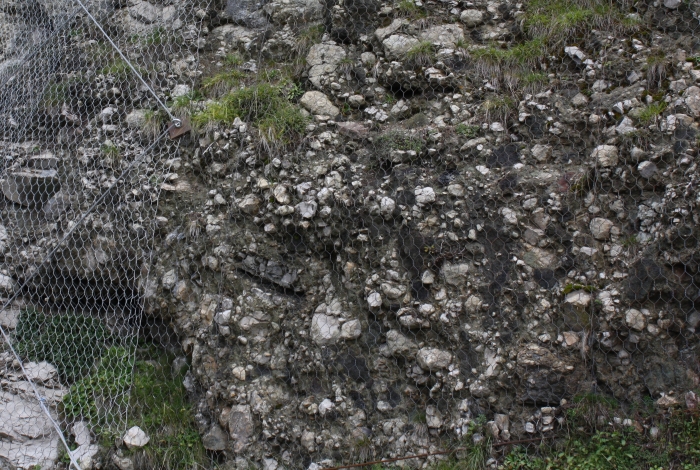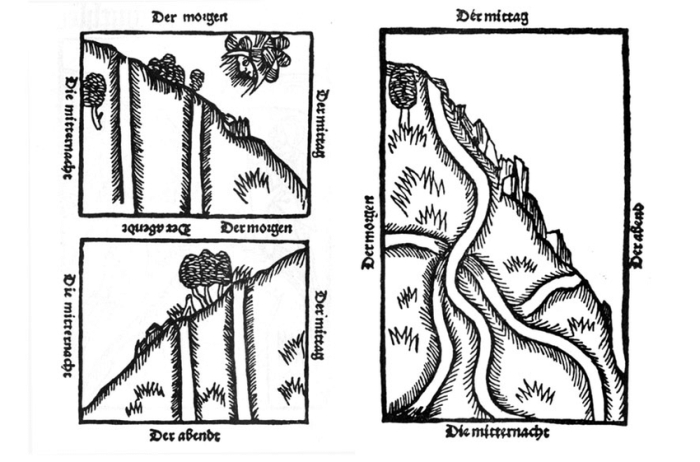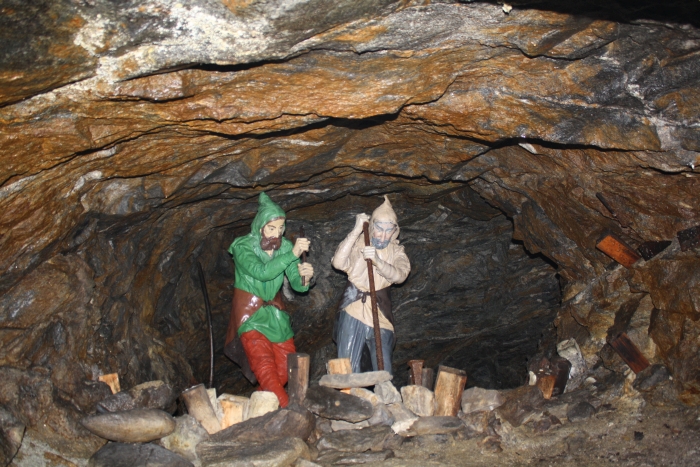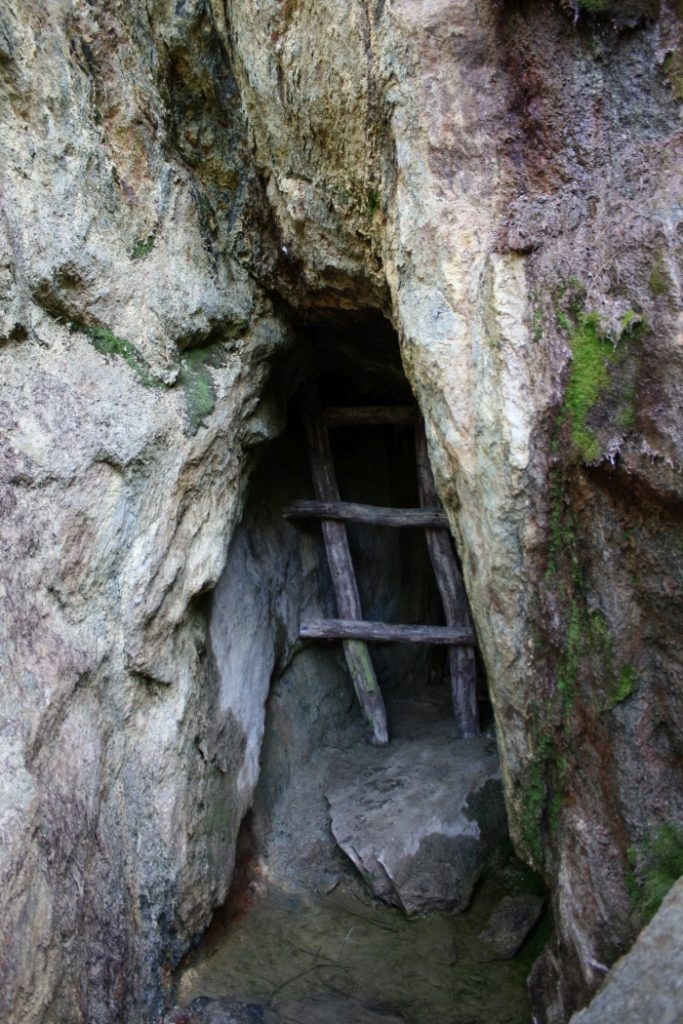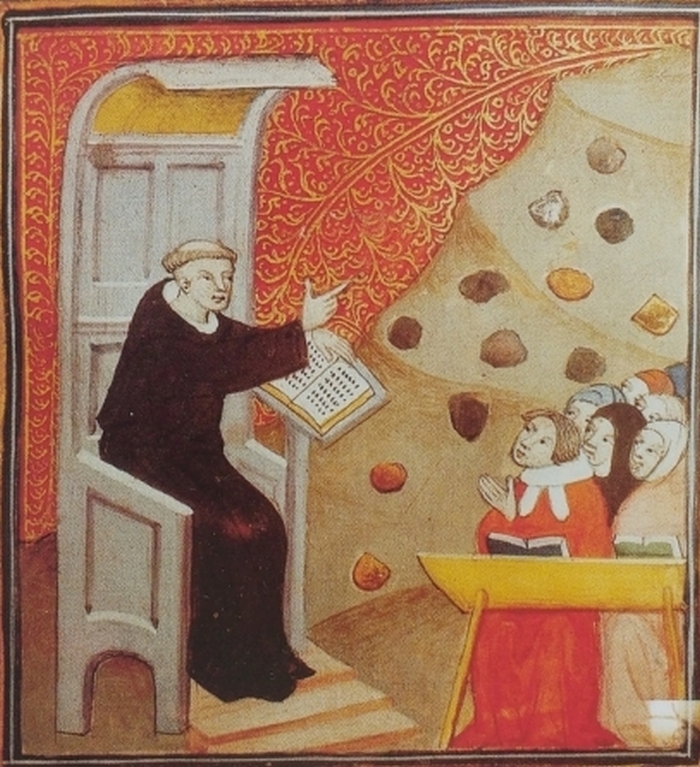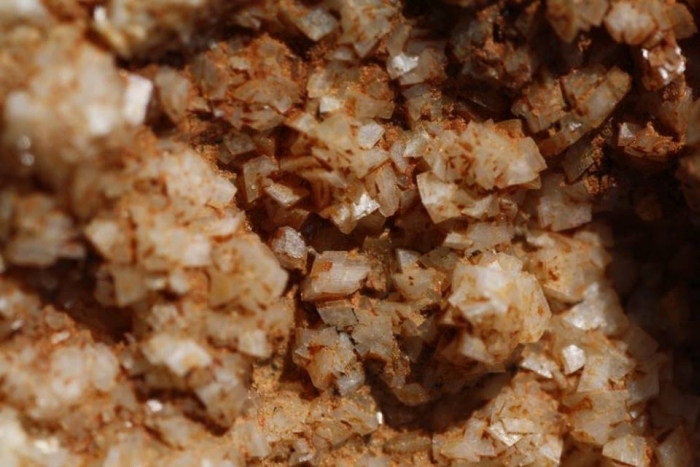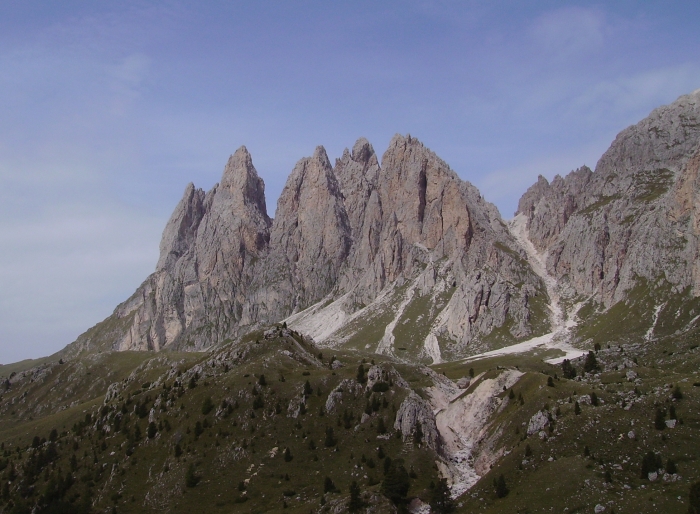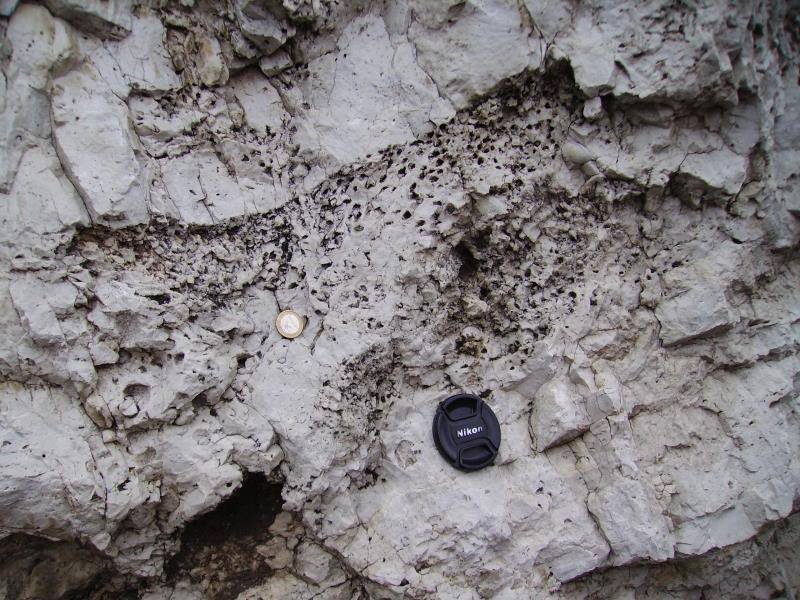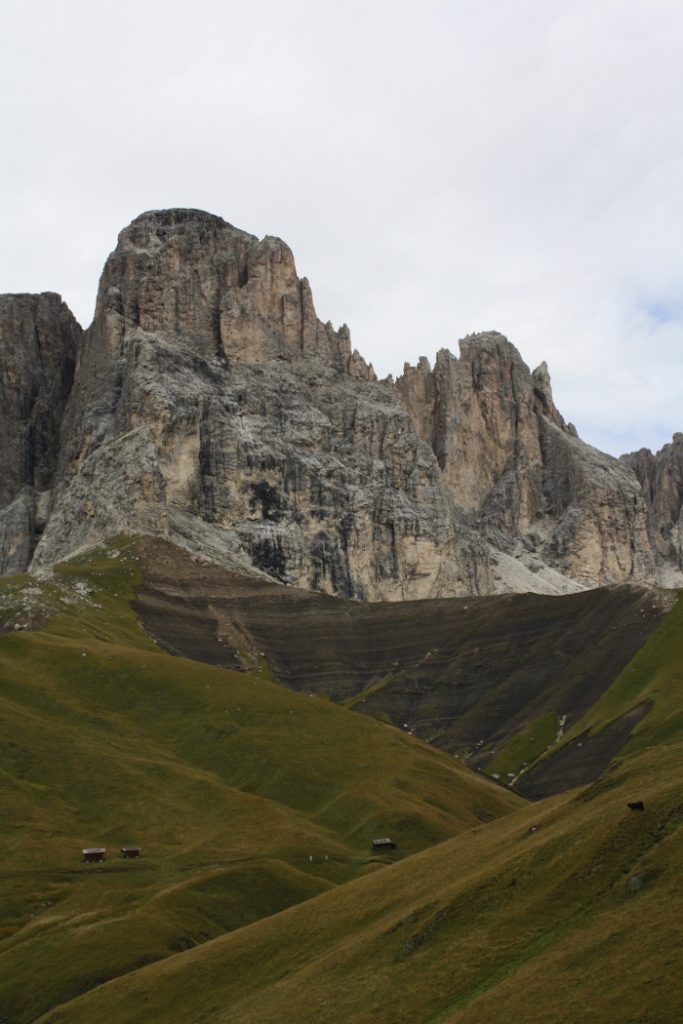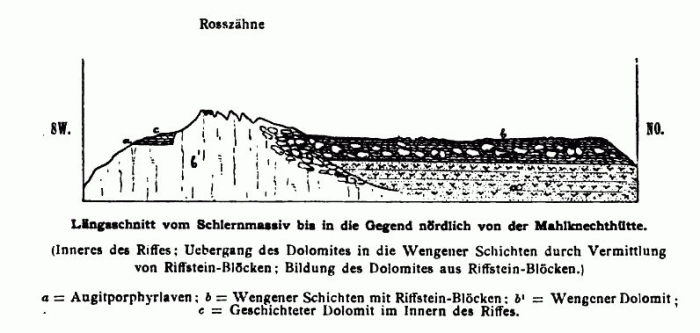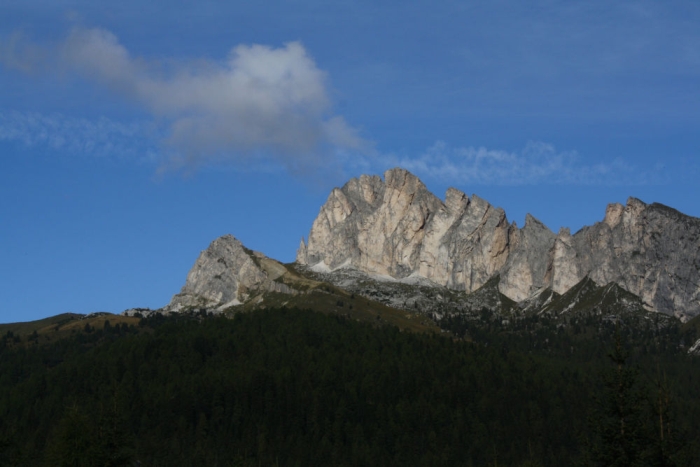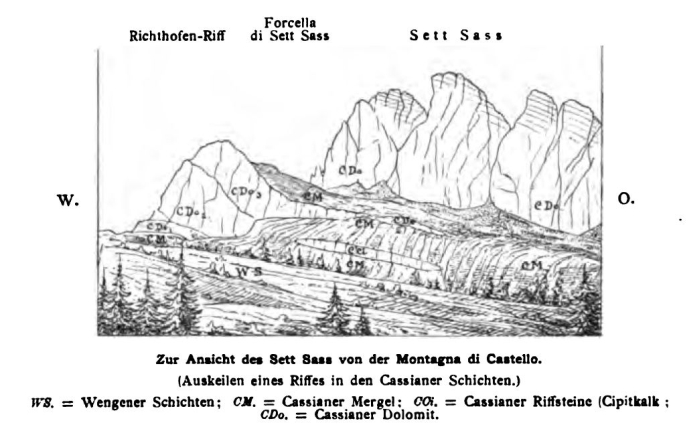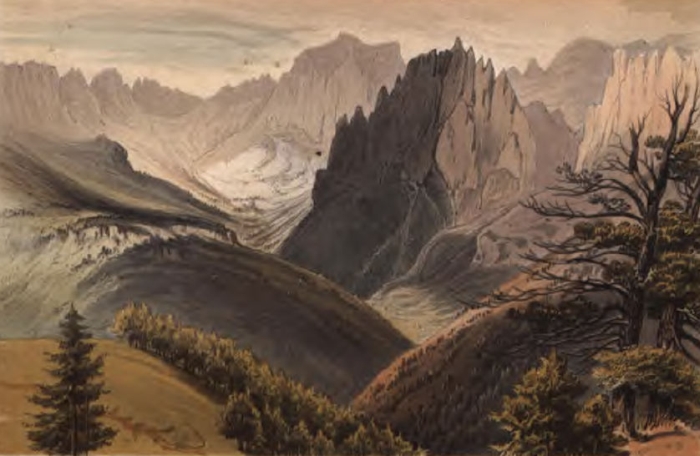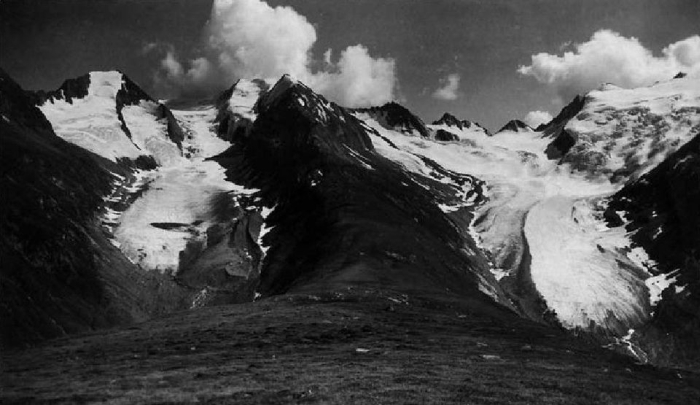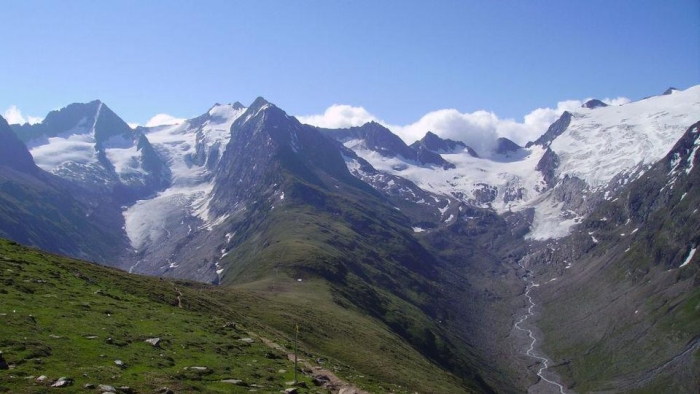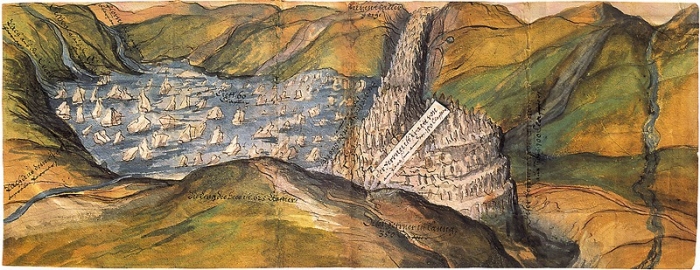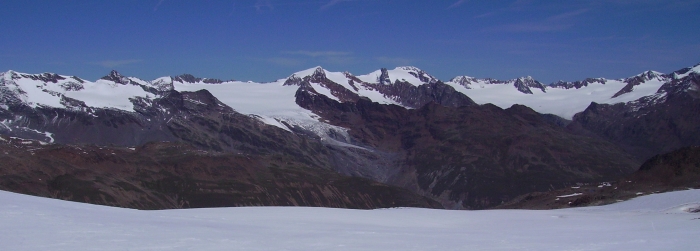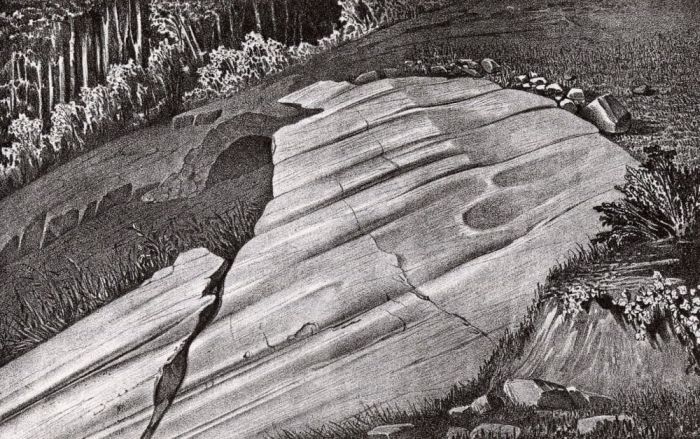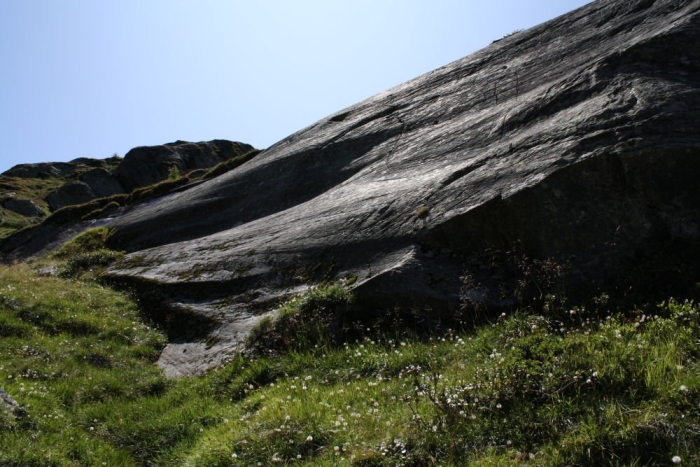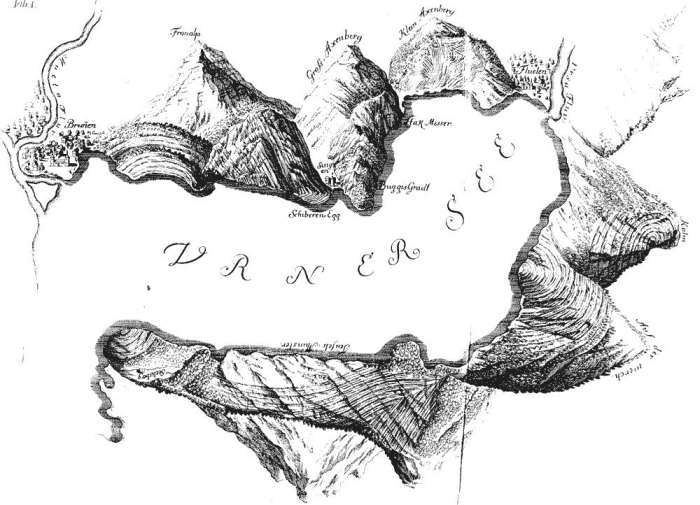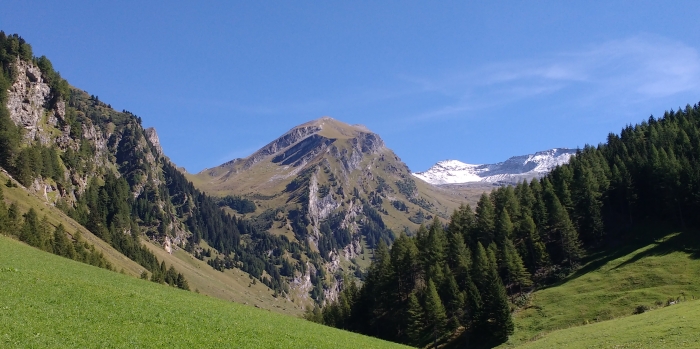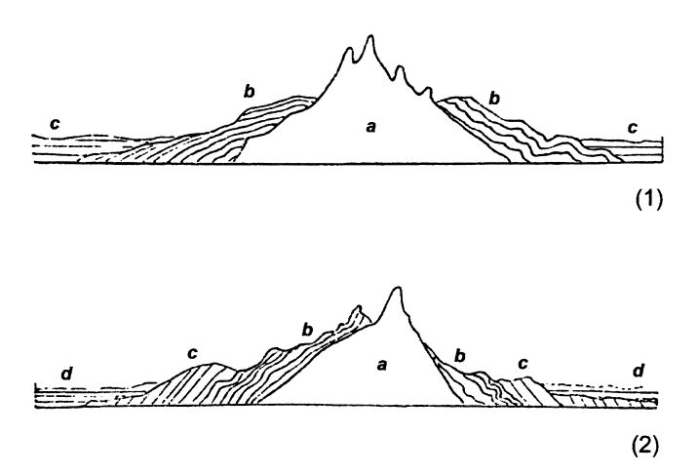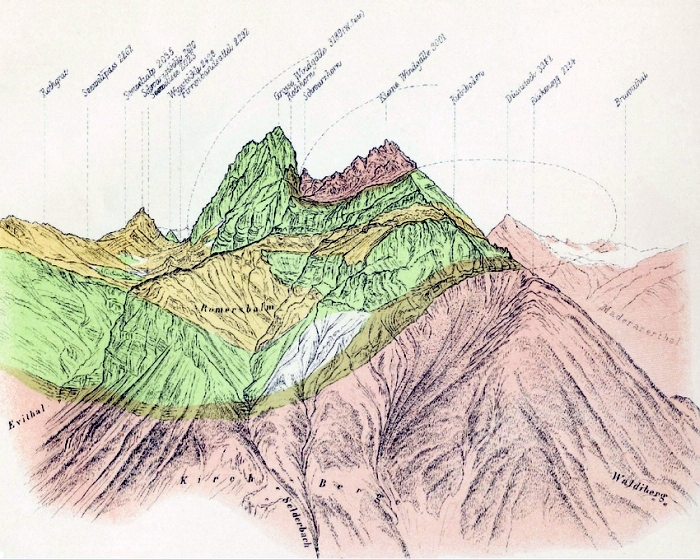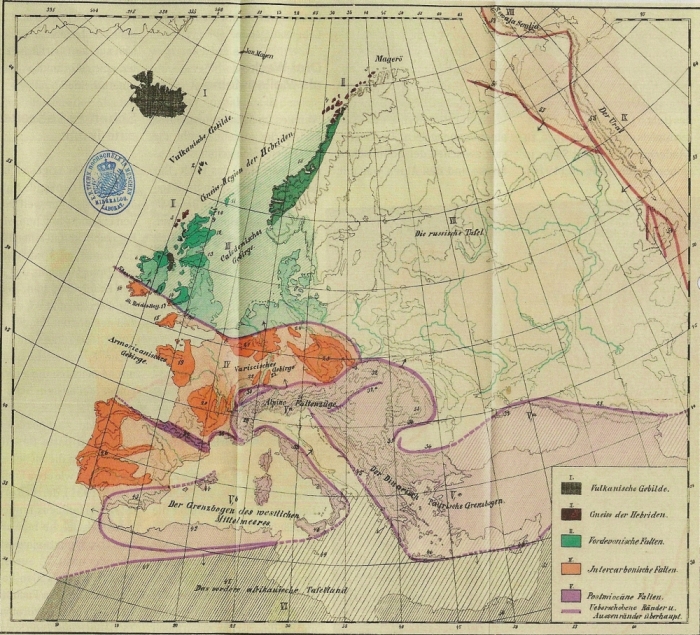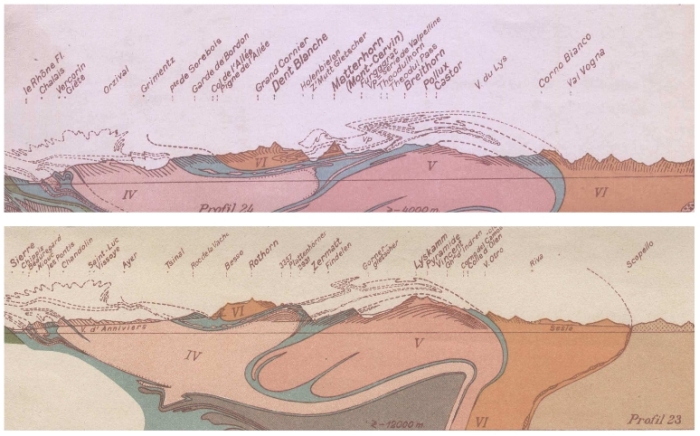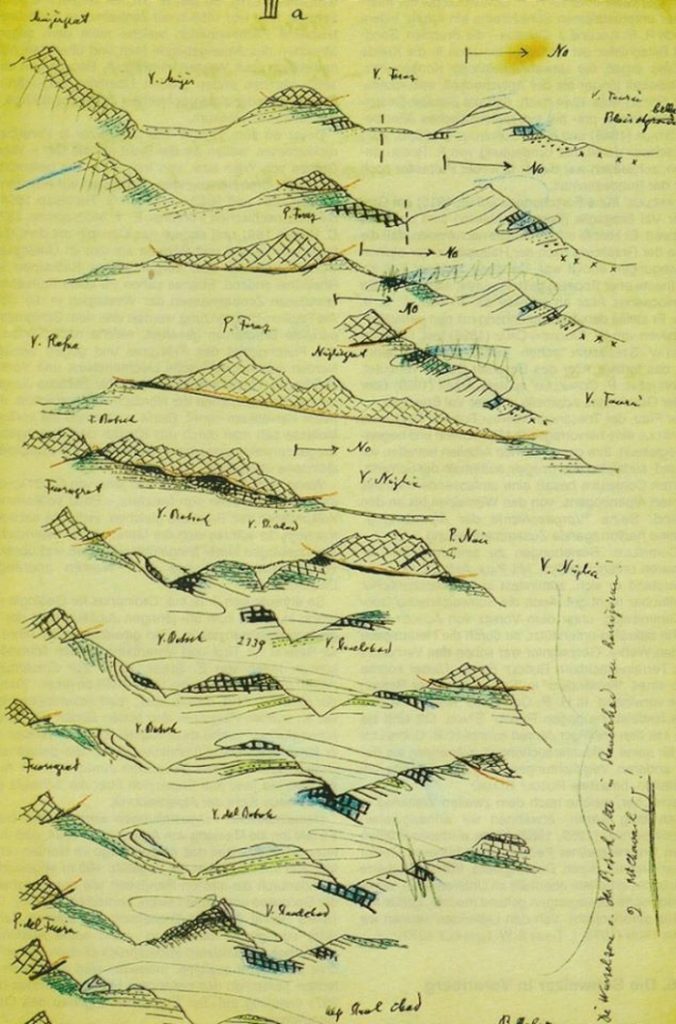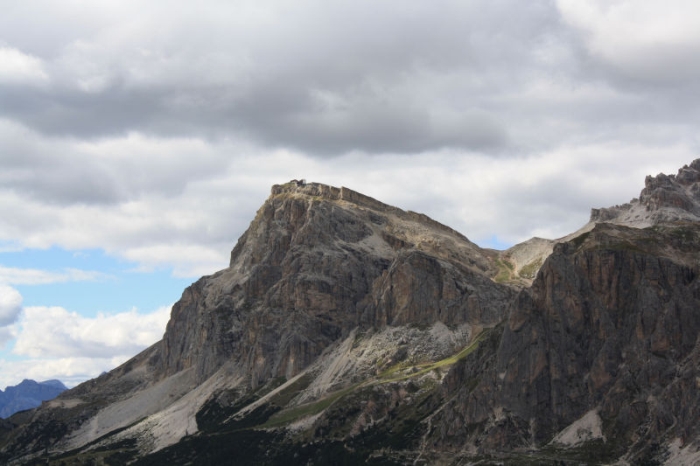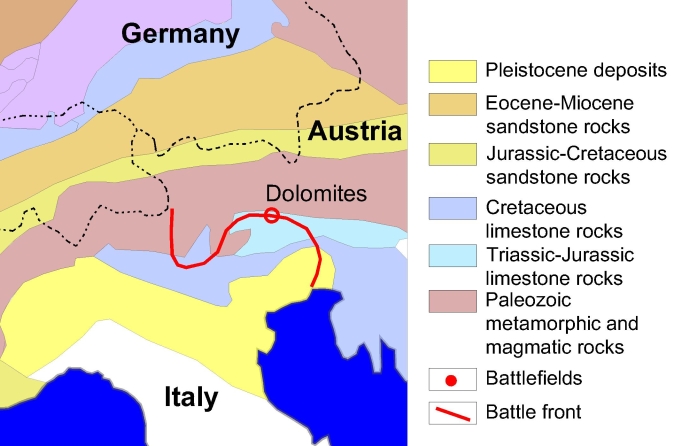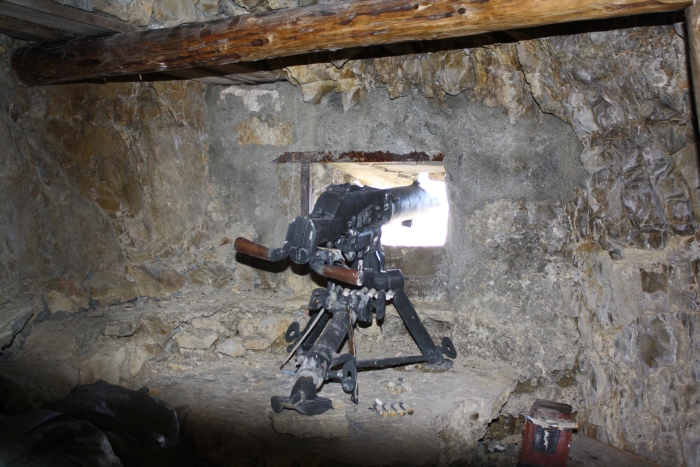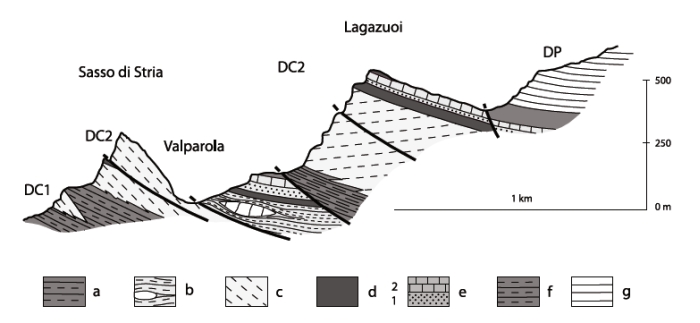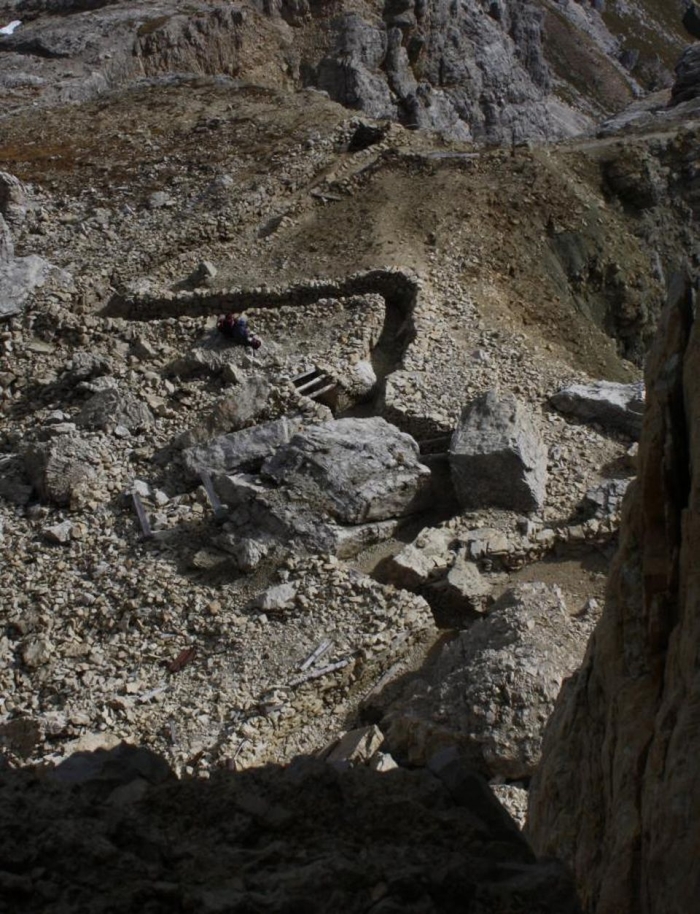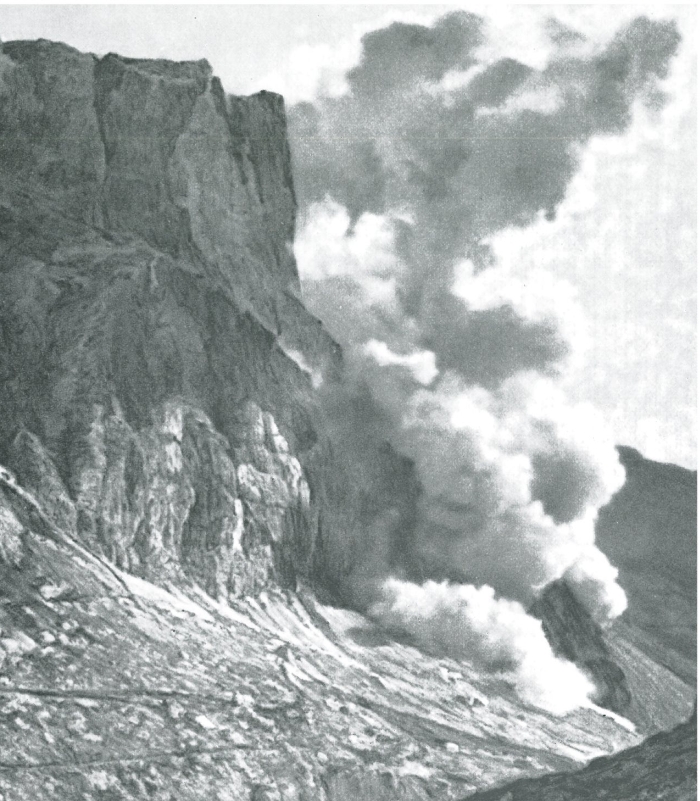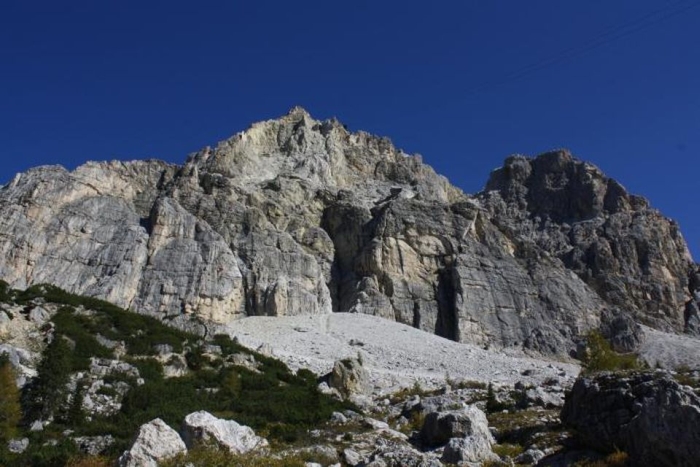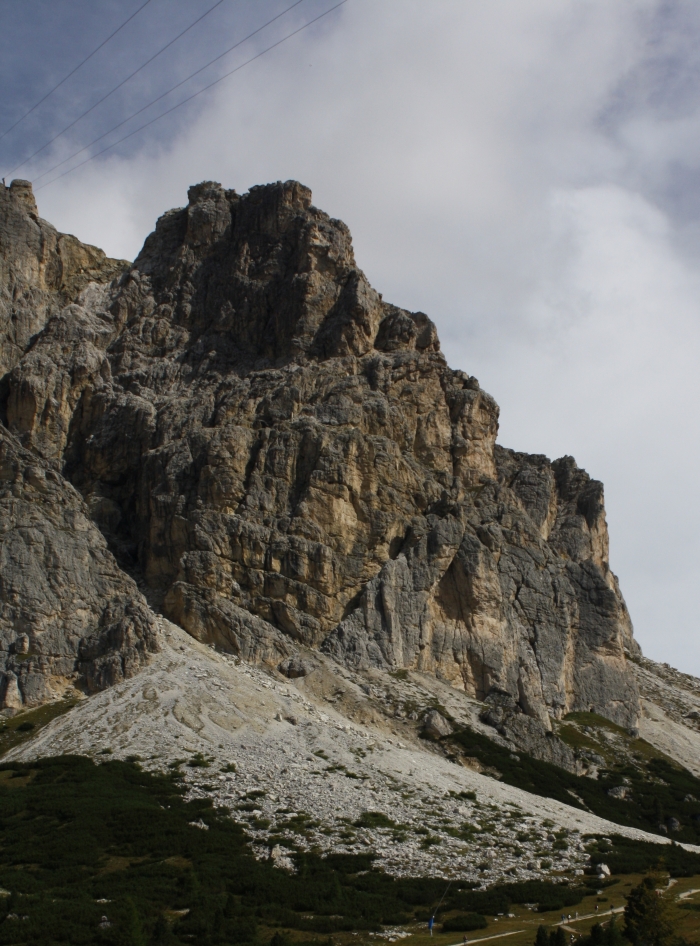On the last day of June 1764, the 14-year-old Jeanne Boulet was killed near the village of Saint-Étienne-de-Lugdarès, at the time located in the county of Gévaudan, a highland region in the middle of southern France. Only some remains of the young shepherdess were ever recovered. Just a month later, a 15-year-old girl was attacked near Puylaurent. Deadly wounded, she managed with her last breath to describe the attacker as “a horrible beast.”
Animal attacks were common at the time. However, now authorities started to note an unsettling pattern. Already on September 8, 1762, a boy from the village of Laval was killed by an unknown creature. One month before Jeanne Boulet, another shepherdess was attacked near the city of Saint-Flour in the Auvergne. Her herd formed a defensive ring against the attacker, saving the girl in the end. Notable enough, the creature seemed to be less interested in the cattle than in the girl. And now, more and more children and women were killed by the unknown creature – the Beast of Gèvaudan.

Overwhelmed by the developing disaster, authorities asked for military support. Jean-Baptiste Duhamel, the captain of the local infantry, organized a hunt involving, as he claims, 30.000 men. But even as the Beast was finally spotted and shot, it escaped unharmed by the bullets into the woods. A local newspaper wrote at the end of the first year:
» … a ferocious beast of unknown type, coming from who knows where, attacks the human species, killing individuals, drinking their blood, feasting on their flesh, and multiplying its carnage from day to day…hunters who are in pursuit have neither been able to stop it, because it is more agile than they, nor lure it into their traps, because it surpasses them in cunning, nor engage in combat when it presents itself to them, because its terrifying appearance weakens their courage, disturbs their vision, sets their hands shaking, and neutralizes their skill. «
The Gévaudan and Auvergne were rural areas, characterized by a rugged and mountainous landscape. Just some years before the killings, physician Jean-Etienne Guettard visited the region. During his visit of Vichy, a city in northern Auvergne, he noted some strange dark rocks, used by locals to make bricks and roofing shingles (“roche tuiliére” in French).

Guettard was also interested in geology, offering his skills to rich collectors, helping them classify their rock samples. He noted that the roche tuiliére were very similar to samples of lava coming from Mount Etna in Sicily and hosted in the collection of the Count Of Orléans. Guettard correctly concluded that large parts of the Auvergne and some parts of the Gévaudan were formed by lava flows of ancient, now extinct, volcanoes.

Various types of rock characterize the area where the Beast of Gévaudan preyed on its victims. The central highlands of Margeride are composed mainly of old metamorphic granitoids (rocks of magmatic origin) and gneiss. The mountain massifs of Cantal, Aubrac and Velay, surrounding the Gévaudan, are composed mainly of younger basaltic lava. Some sedimentary rocks are found in the south.

The metamorphic rocks forming the highlands are impermeable to water, the landscape here is characterized by gentle rolling hills, covered by a mosaic of meadows, forests, and swamps. The surrounding volcanic rocks are very resistant to weathering, the landscape here is characterized by a more rugged terrain. Lakes formed by volcanic explosions, volcanic cones and many rocky outcrops of basalt and tephra prevail.

It was extremely difficult to hunt on such a terrain. The hunter D´Enneval de Vaumesle noted after a first survey of the area that “this Beast will not be an easy catch.” Horses could not be used in the swamps, and the creature could easily escape in the forests, hide between the rocky outcrops, or find shelter in caves and crevasses.
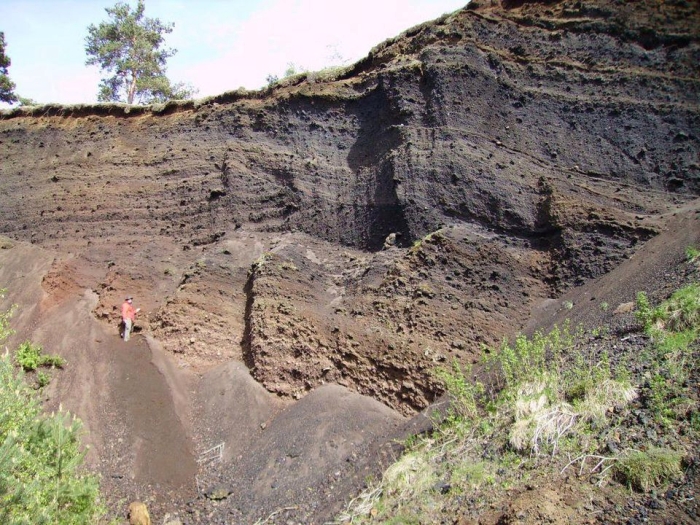
The Cantal Massif, with some peaks over 1.500 meters high, also acts as a barrier for clouds. The weather in the Gévaudan was notoriously bad, with cold and long winters and wet summers. Again and again the Beast escaped into the mist or hunters gave up the pursuit because of heavy rain.

Despite all efforts, the Beast continued to kill. King Louis XV. was even forced to replace Duhamel, sending his own gun-bearer François Antoine from Paris to the Gévaudan. But also Antoine, despite his experience, had difficulties with the terrain. Only in September 1765, he shot and killed an extraordinarily large wolf near the town of Murat in the Cantal Massif. The king himself announced the death of the Beast.
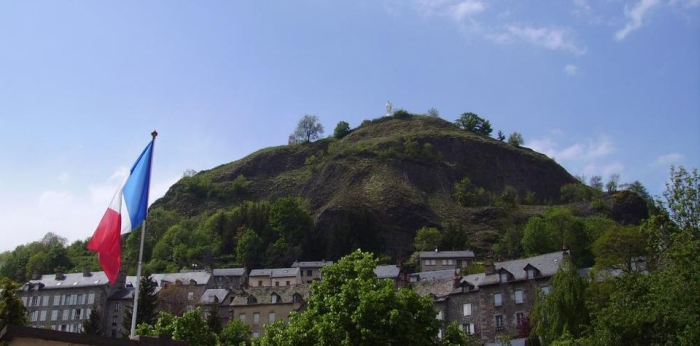
But just two brief months later the attacks resumed.
The mysterious killings continued until July 1767, when the local hunter Jean Chastel shot another large wolf in the forest of Teynazére, on the highlands of the Margeride. Until its final demise, the Beast (or maybe a pack of wolves) had killed at least 116 children and women and wounded many more.
References:
- SMITH, J.M. (2011): Monsters of the Gévaudan – the Making of a Beast. Harvard University Press:378
- TAYLOR, K.L. (2007): Geological travellers in Auvergne, 1751 –1800. From: WYSE JACKSON , P. N. (ed.): Four Centuries of Geological Travel: The Search for Knowledge on Foot, Bicycle, Sledge and Camel. Geological Society, London, Special Publications, 287: 73–96

